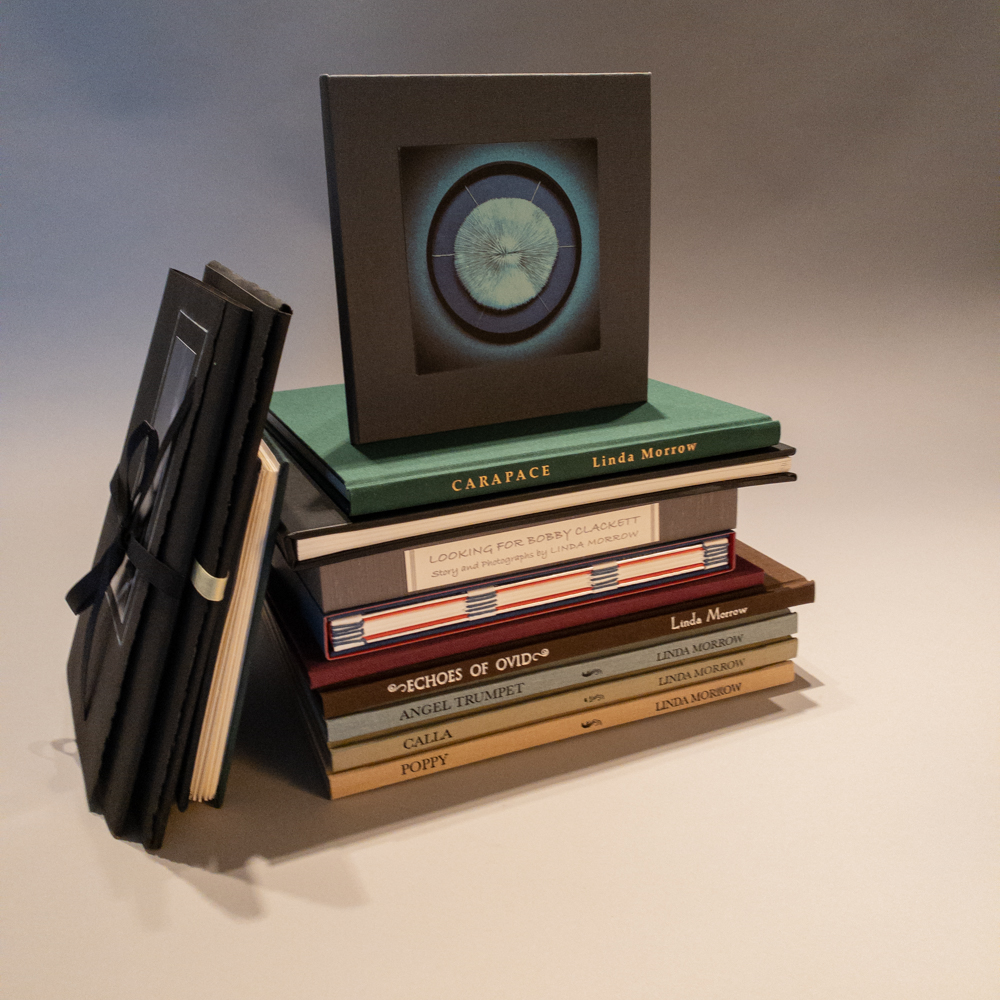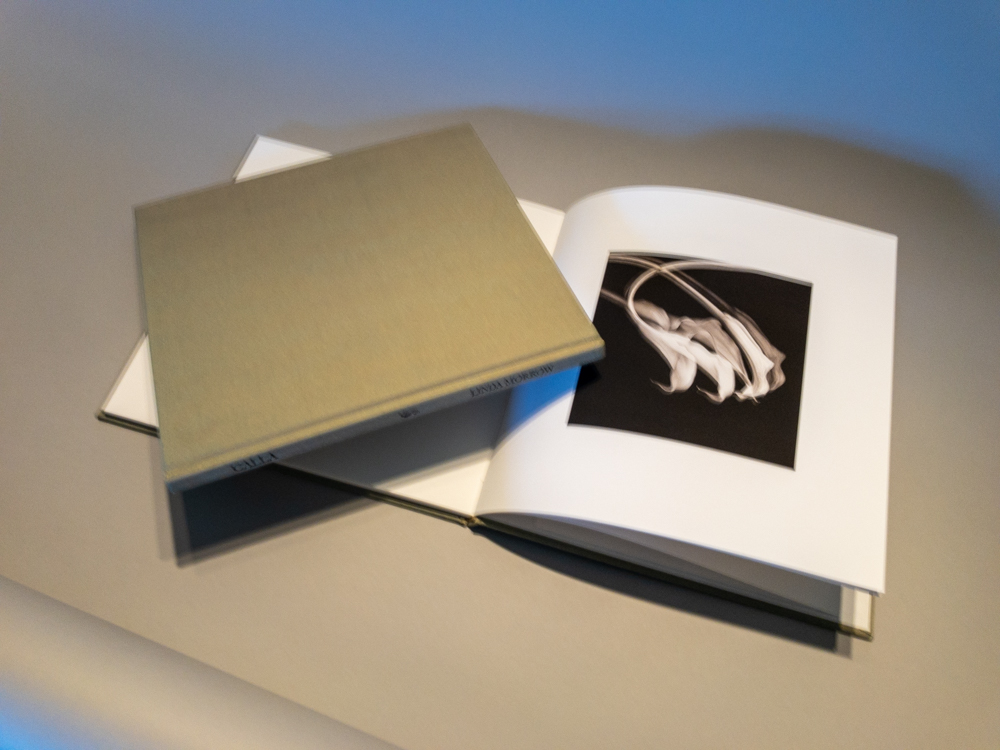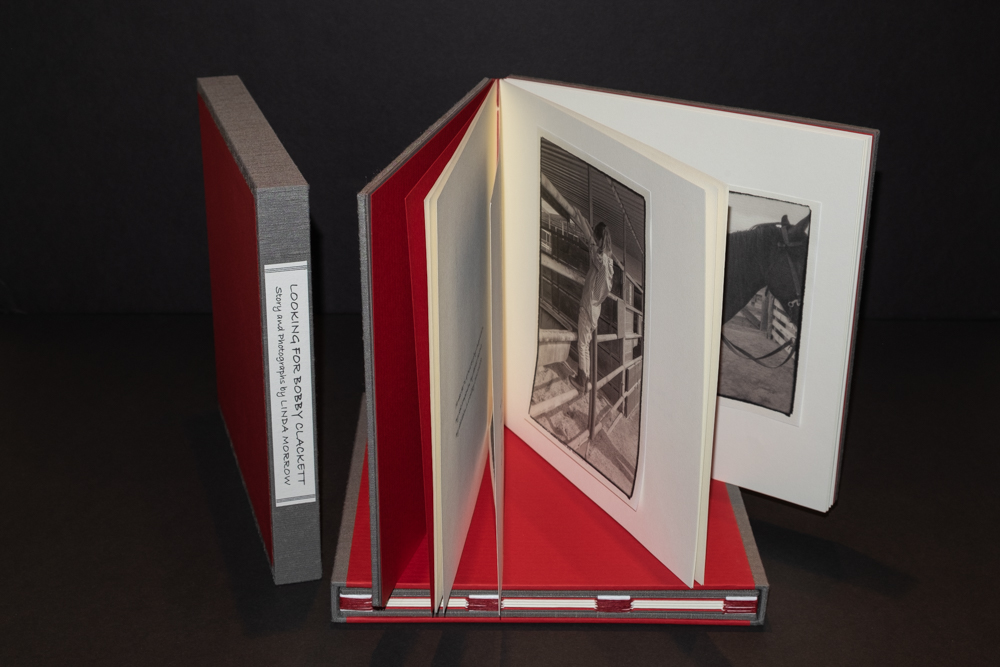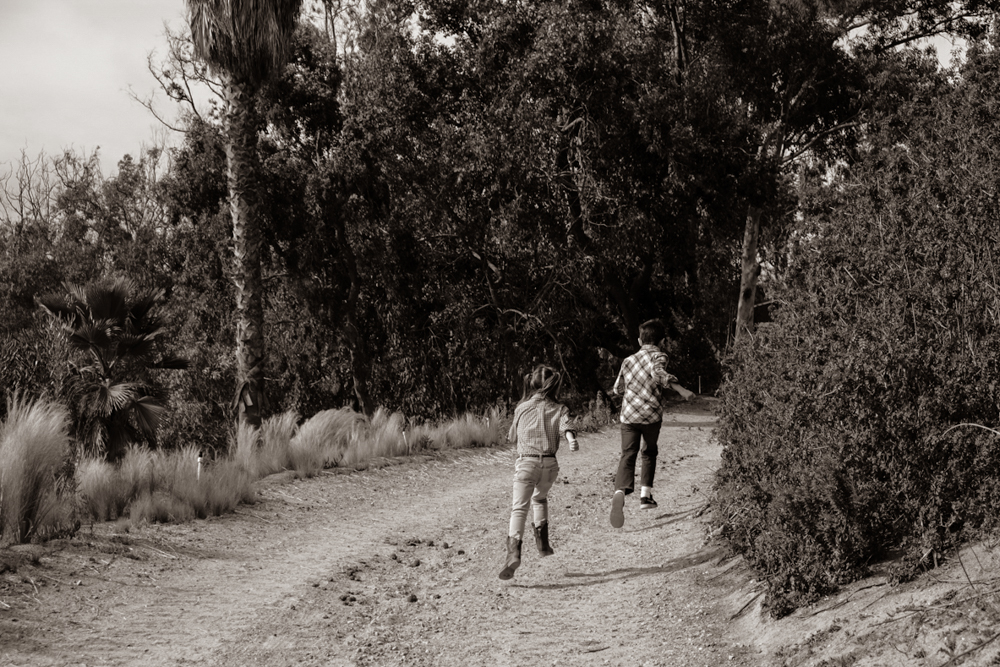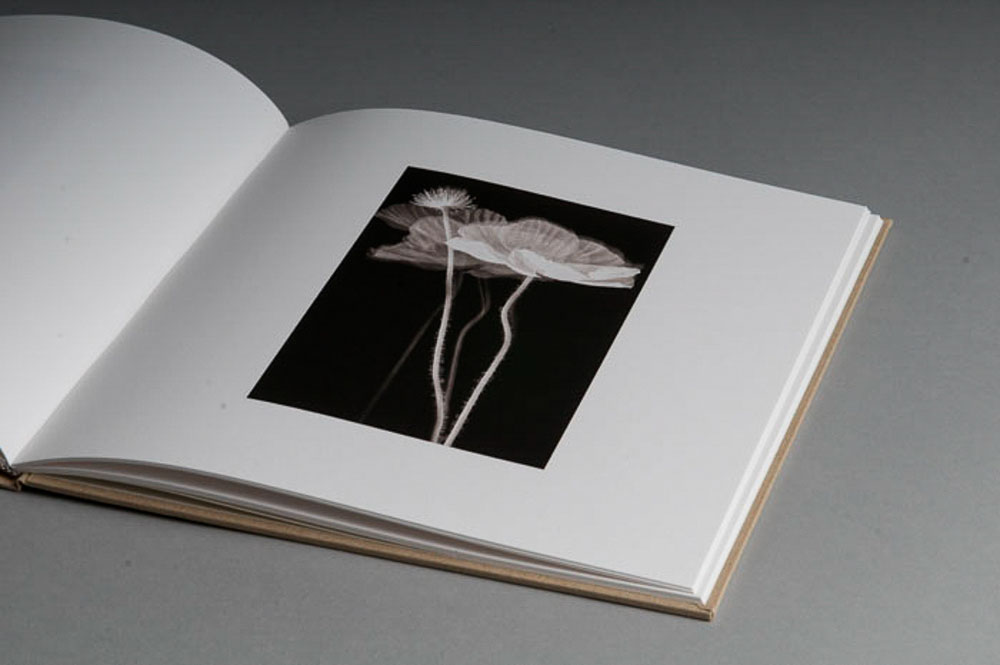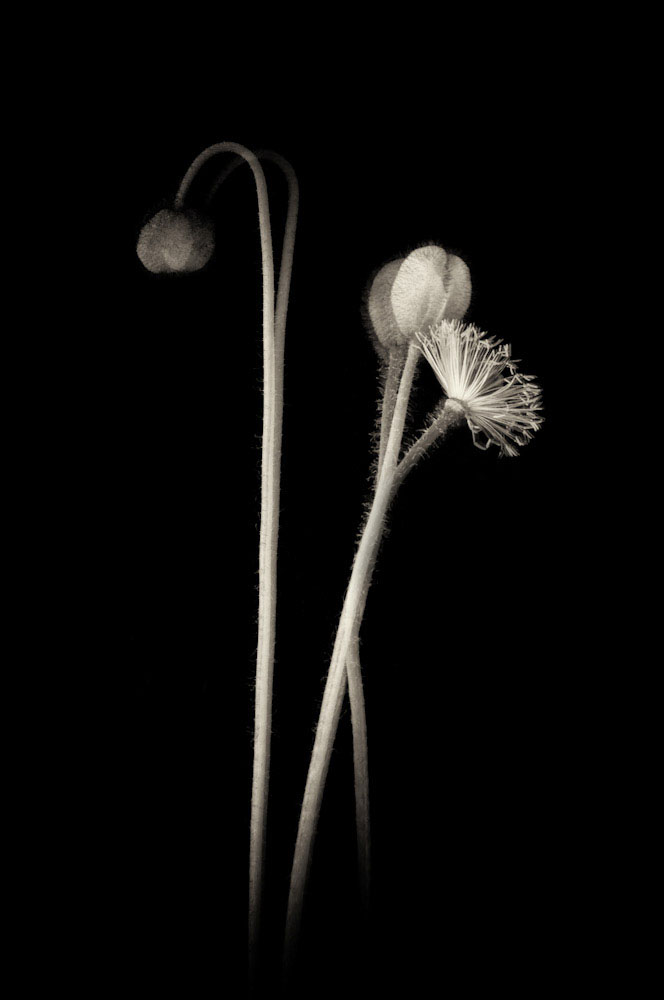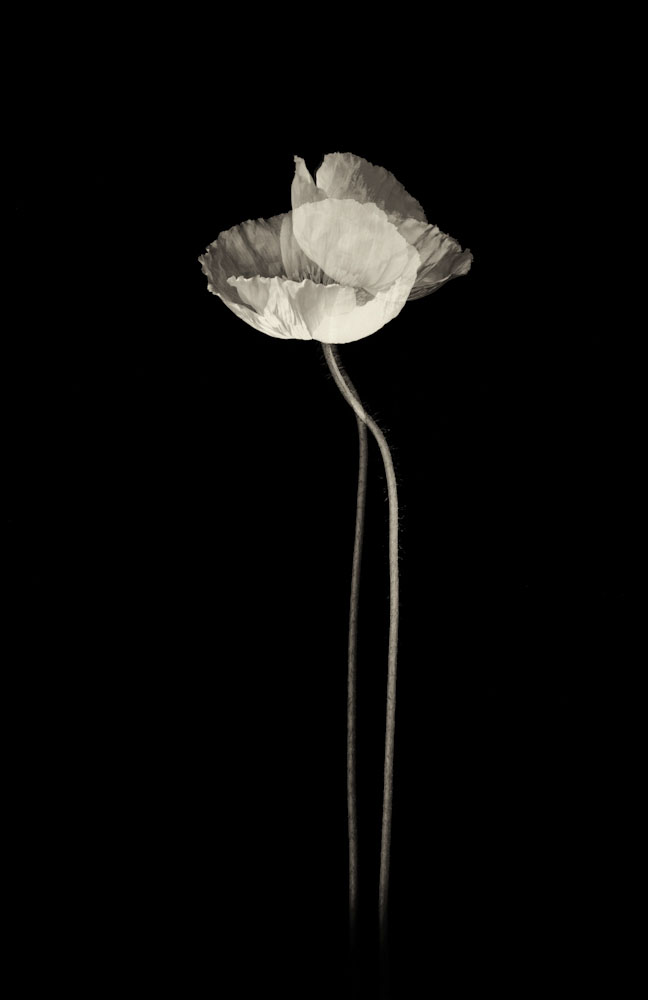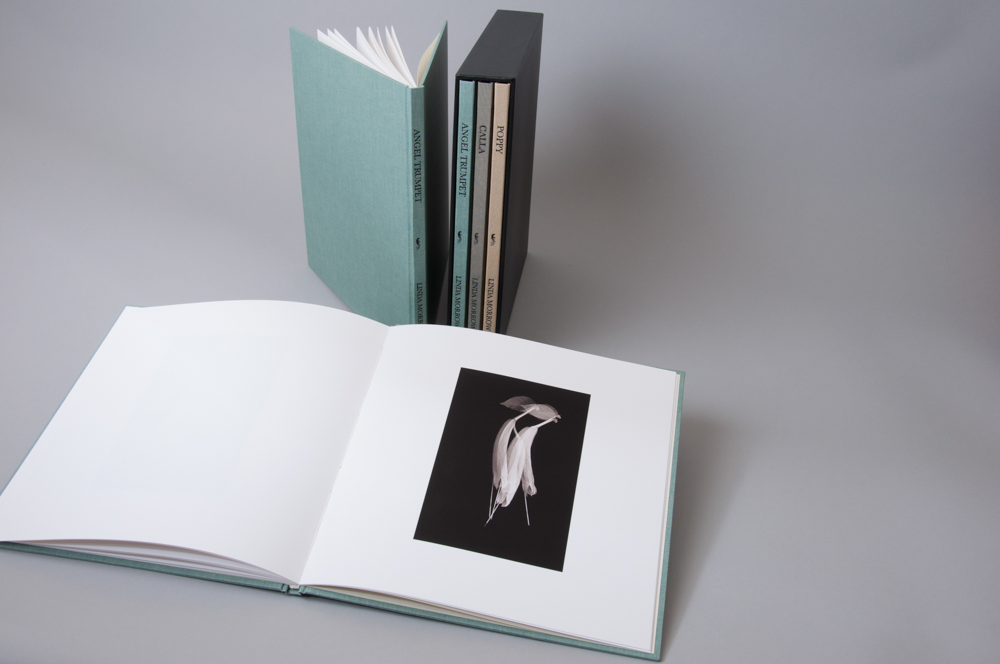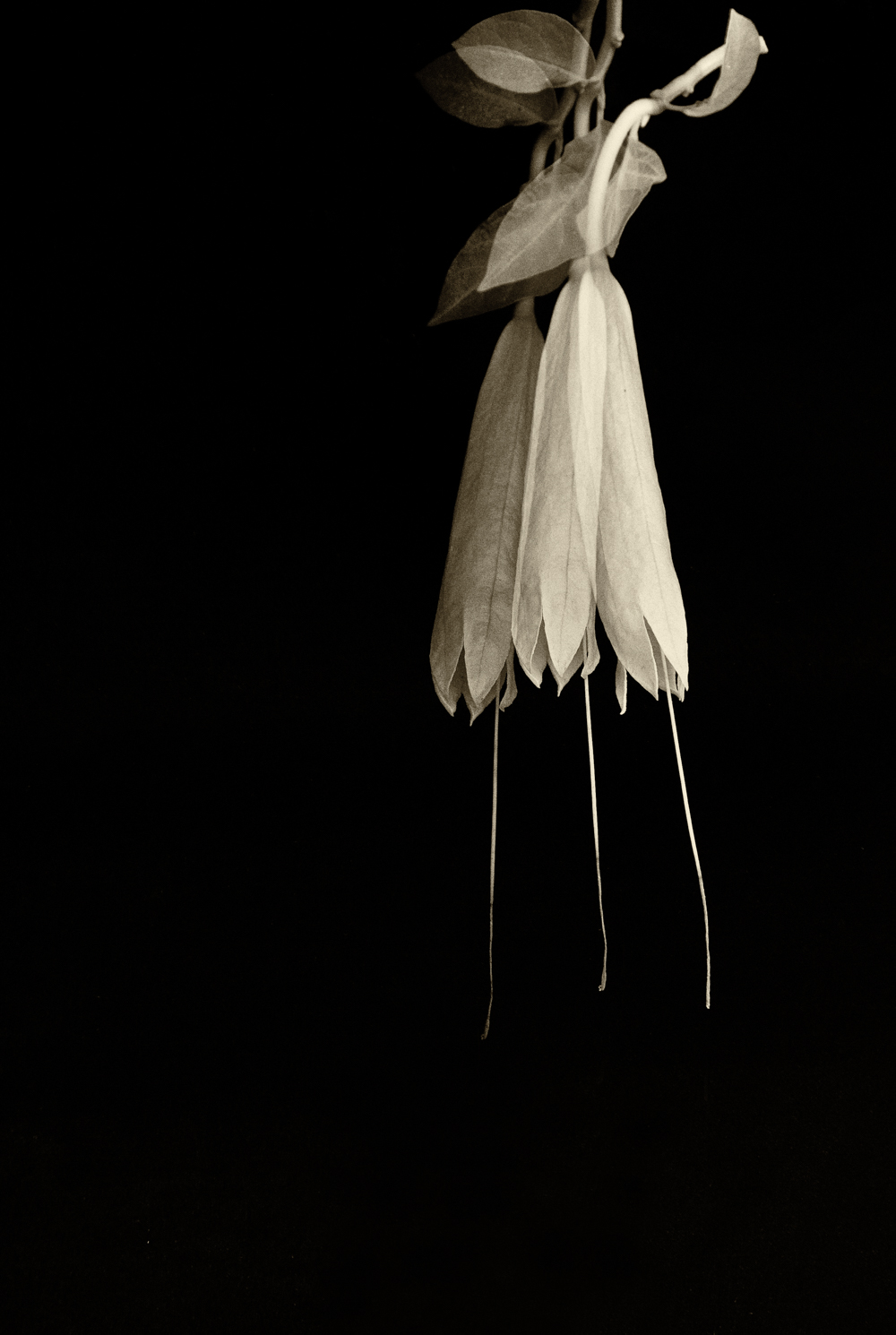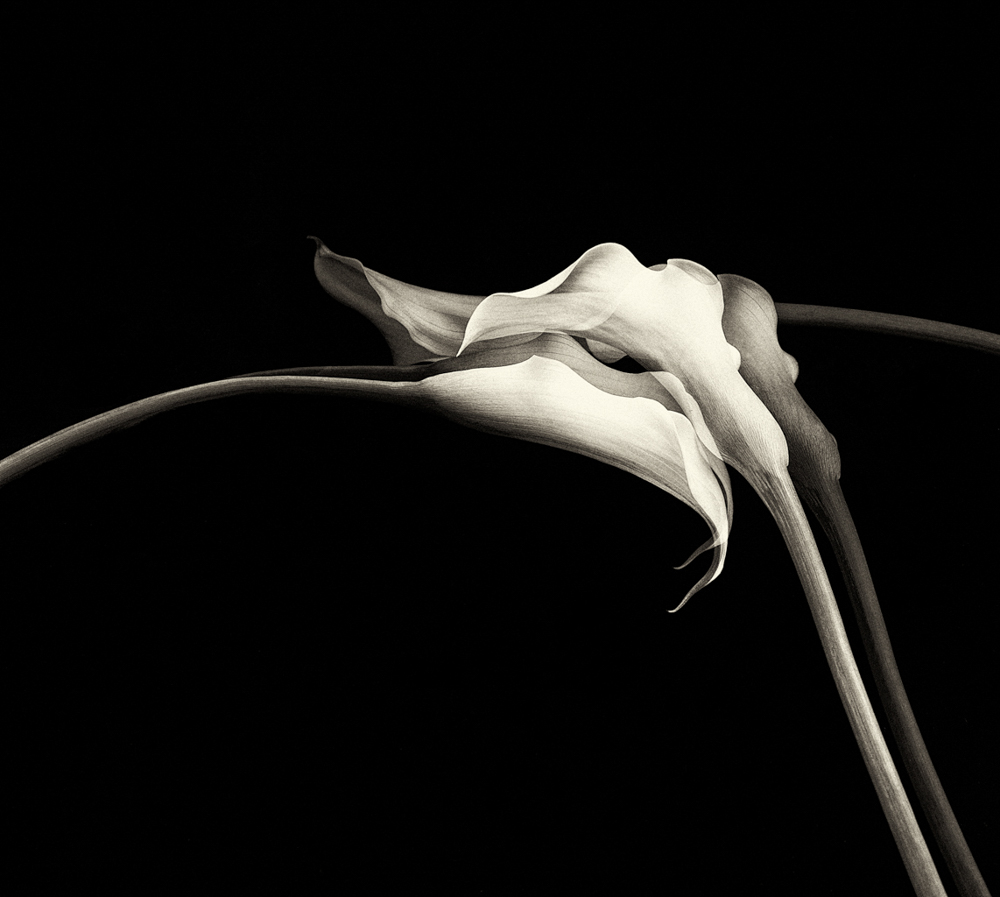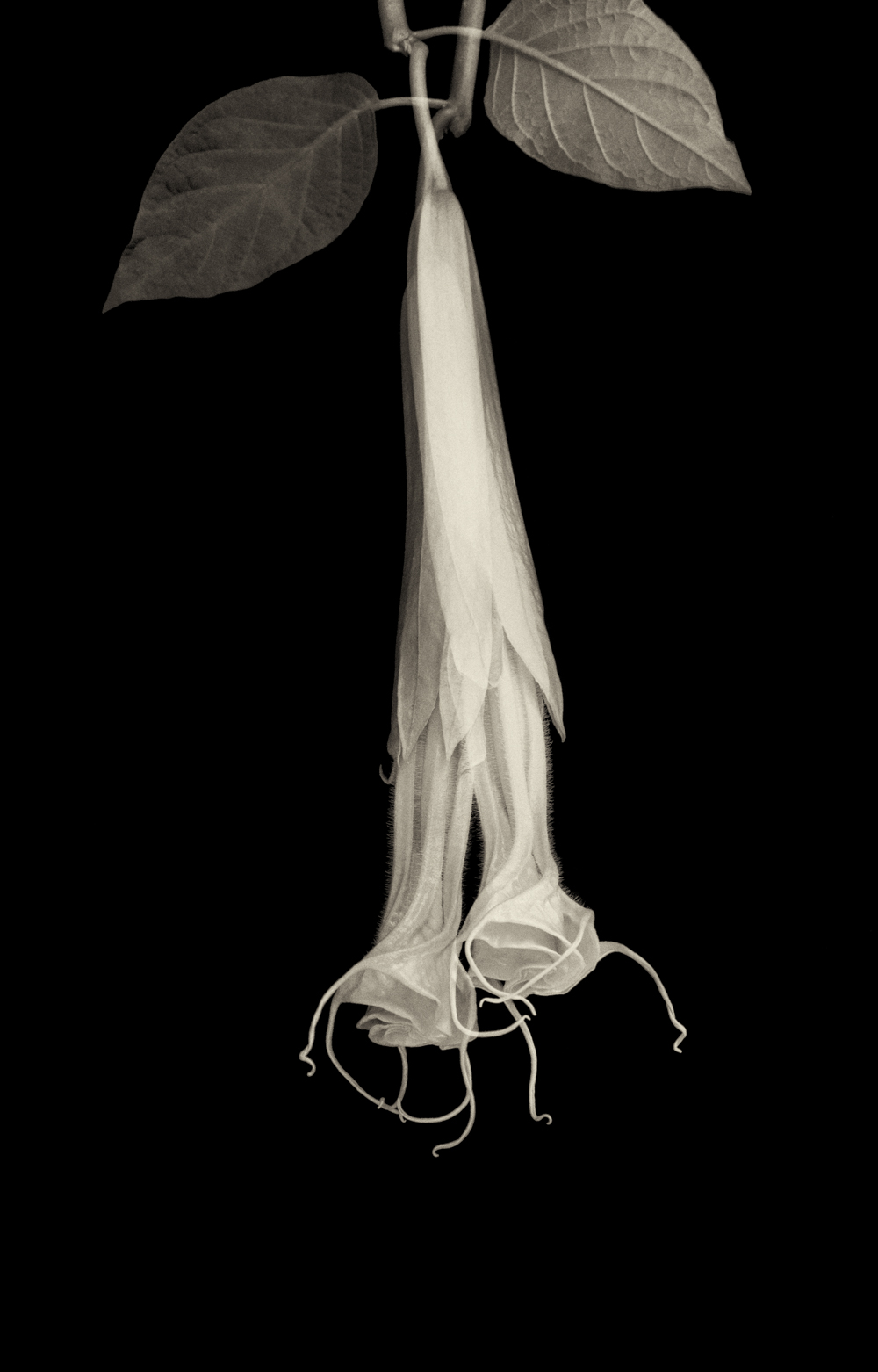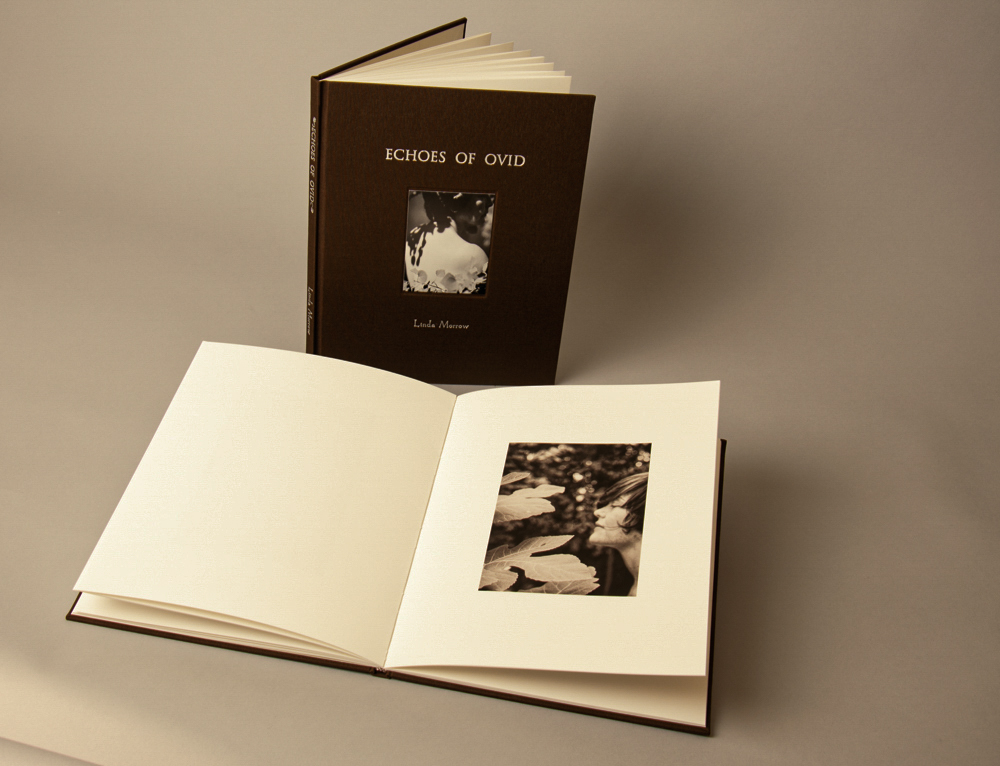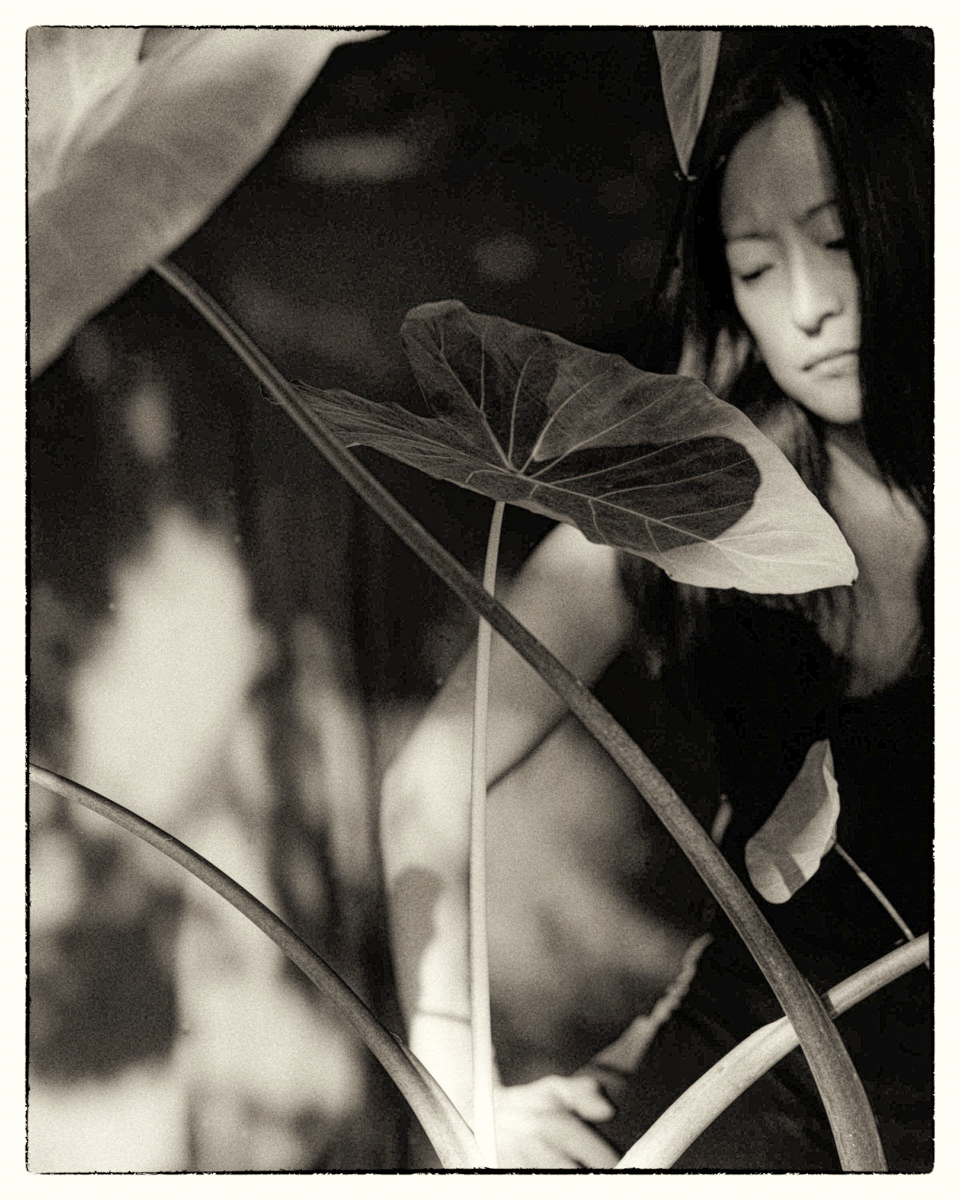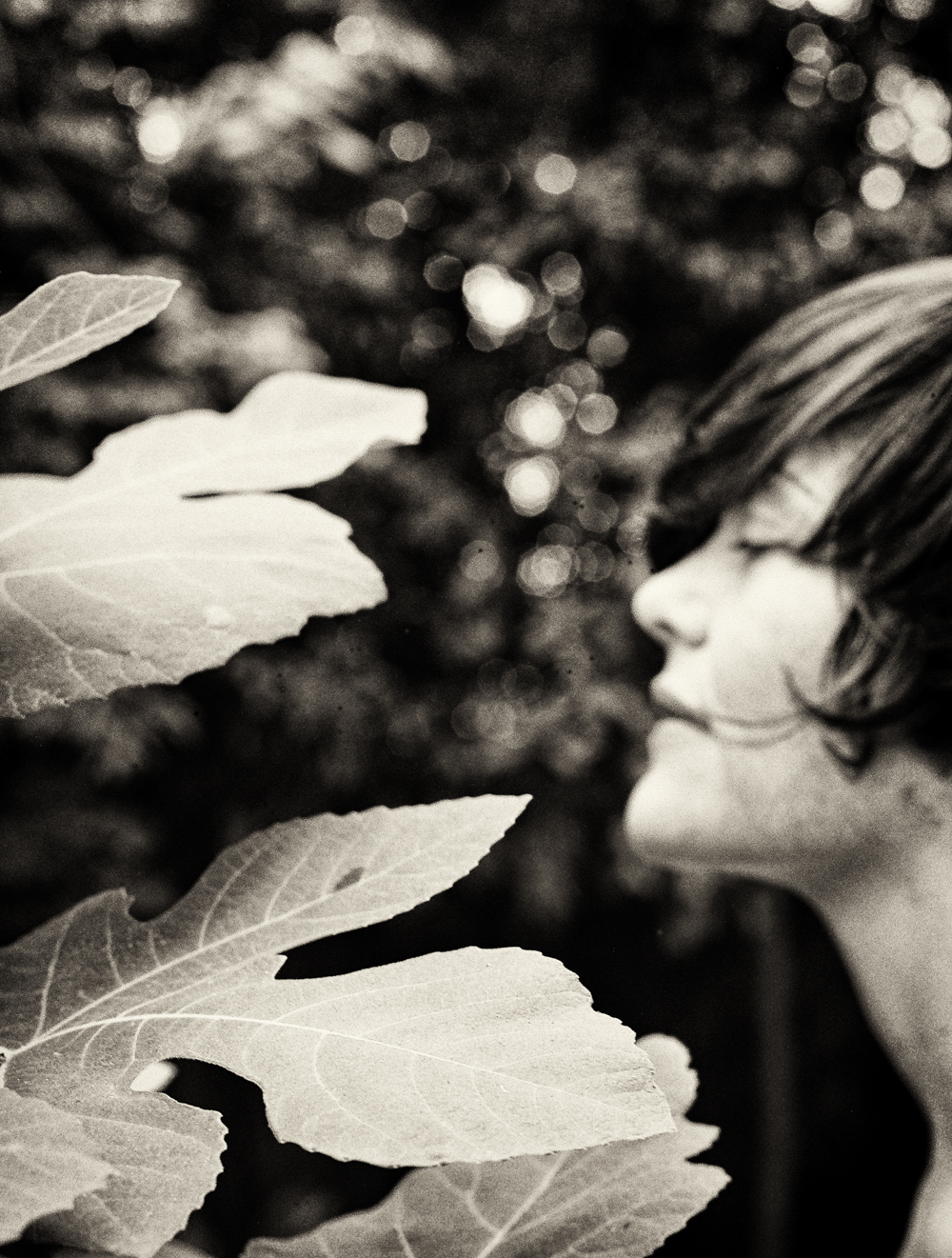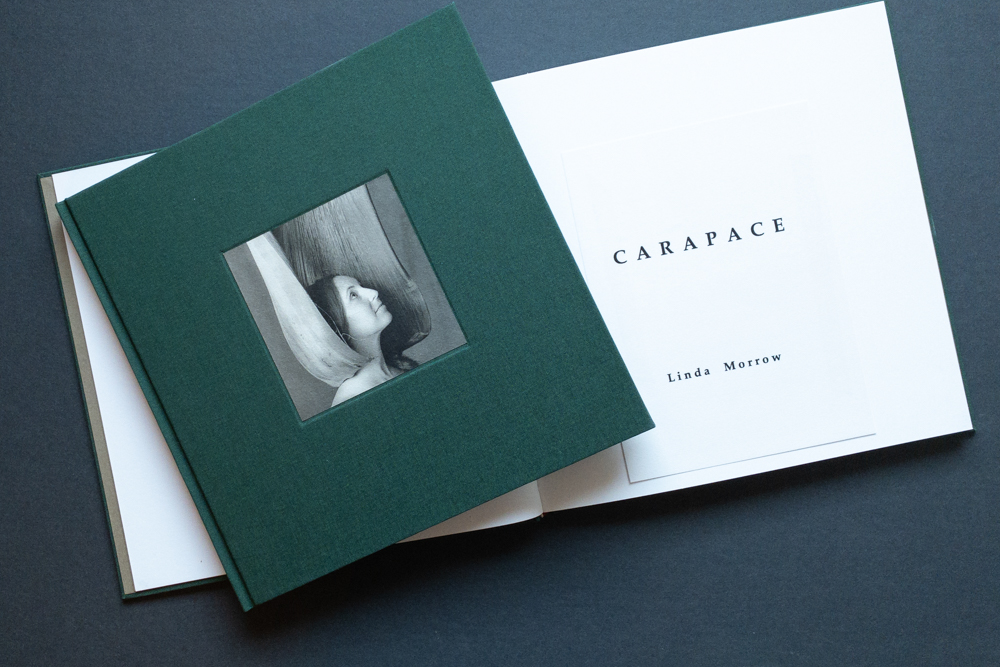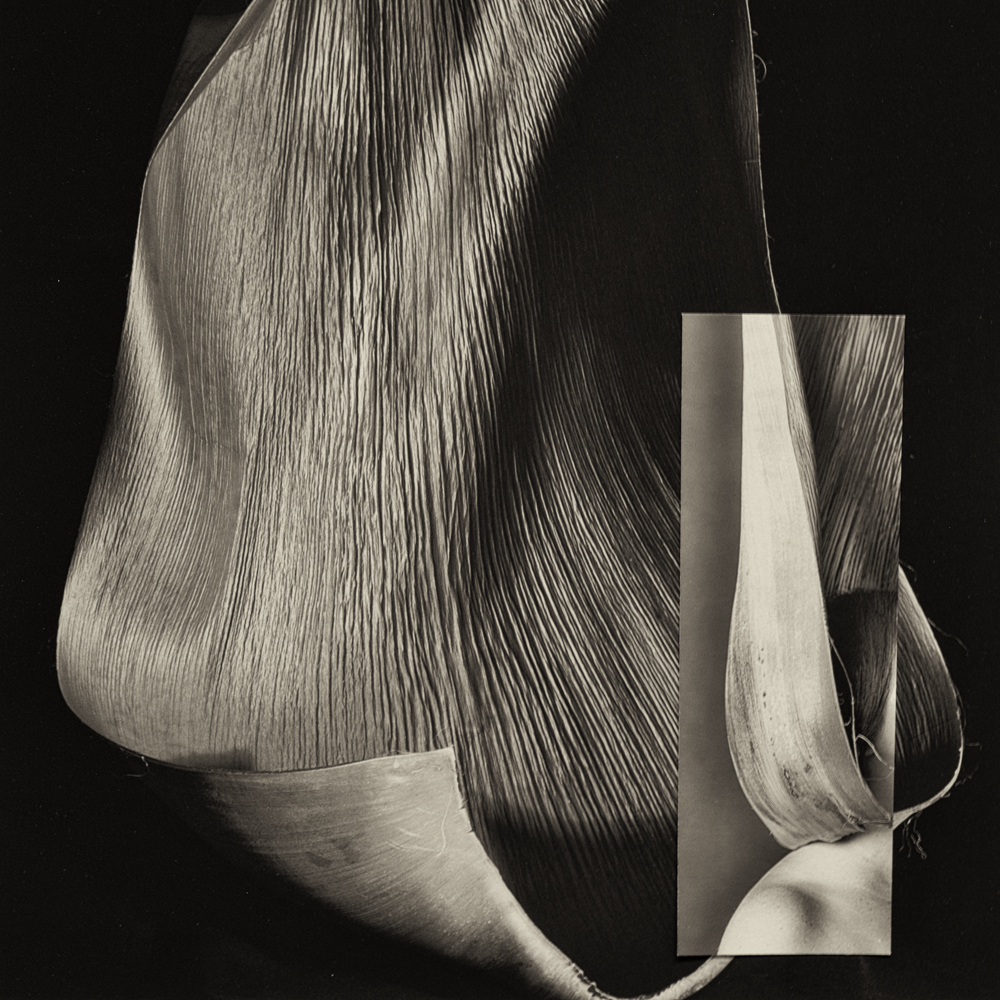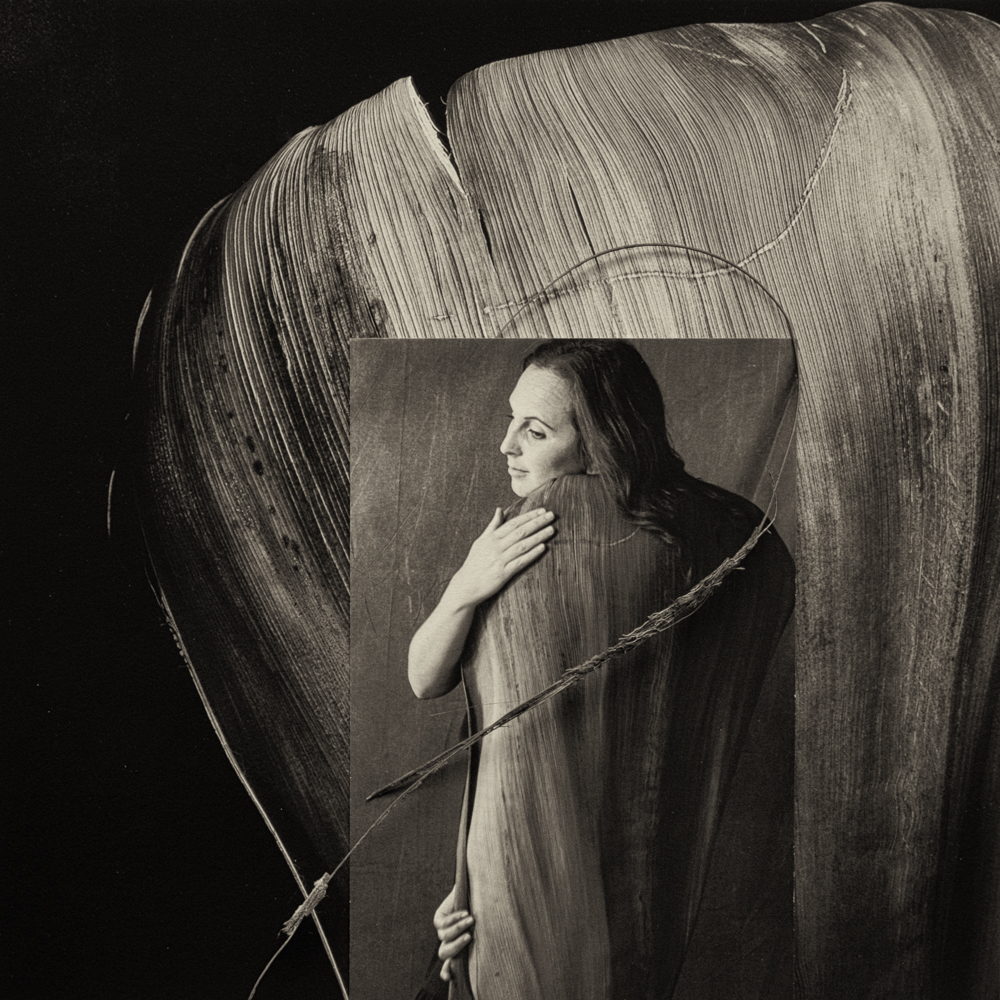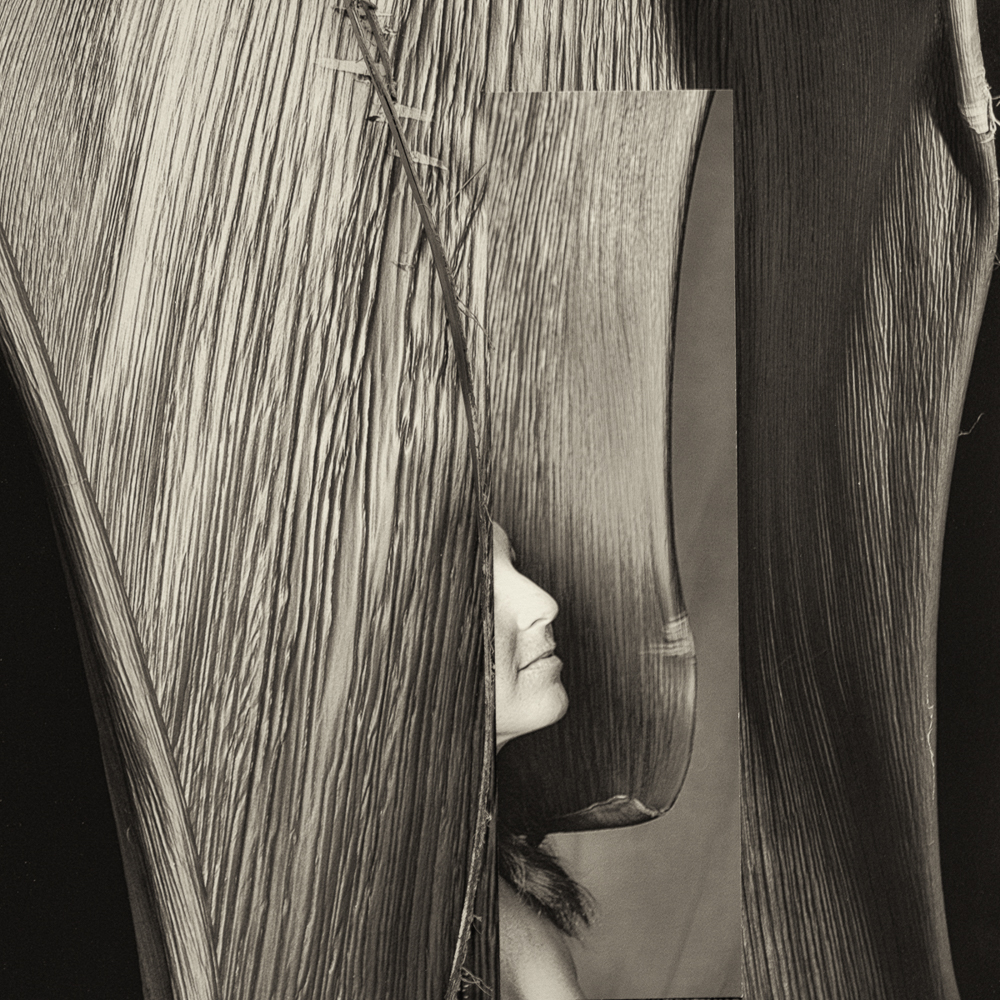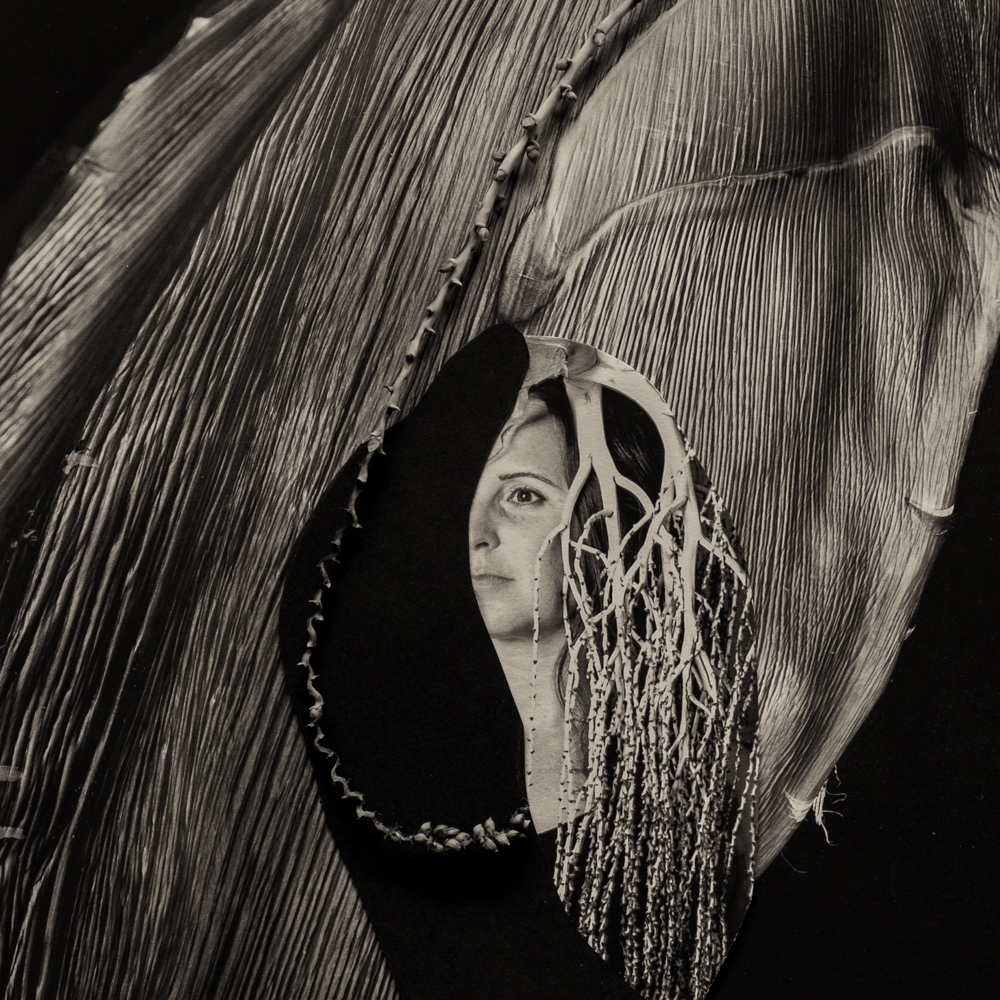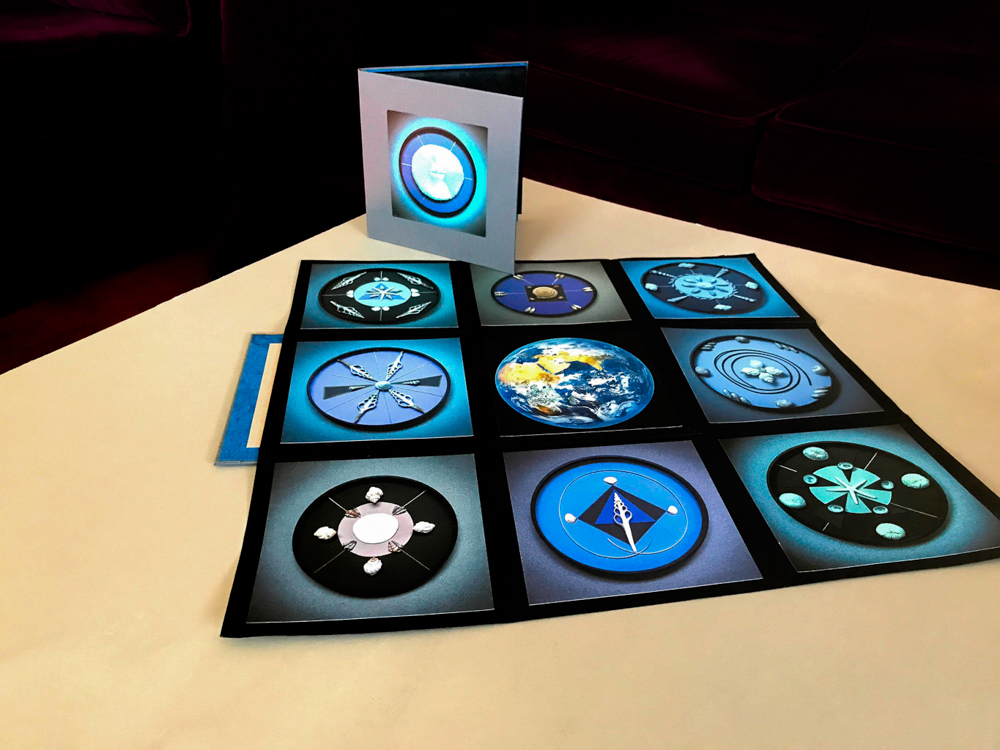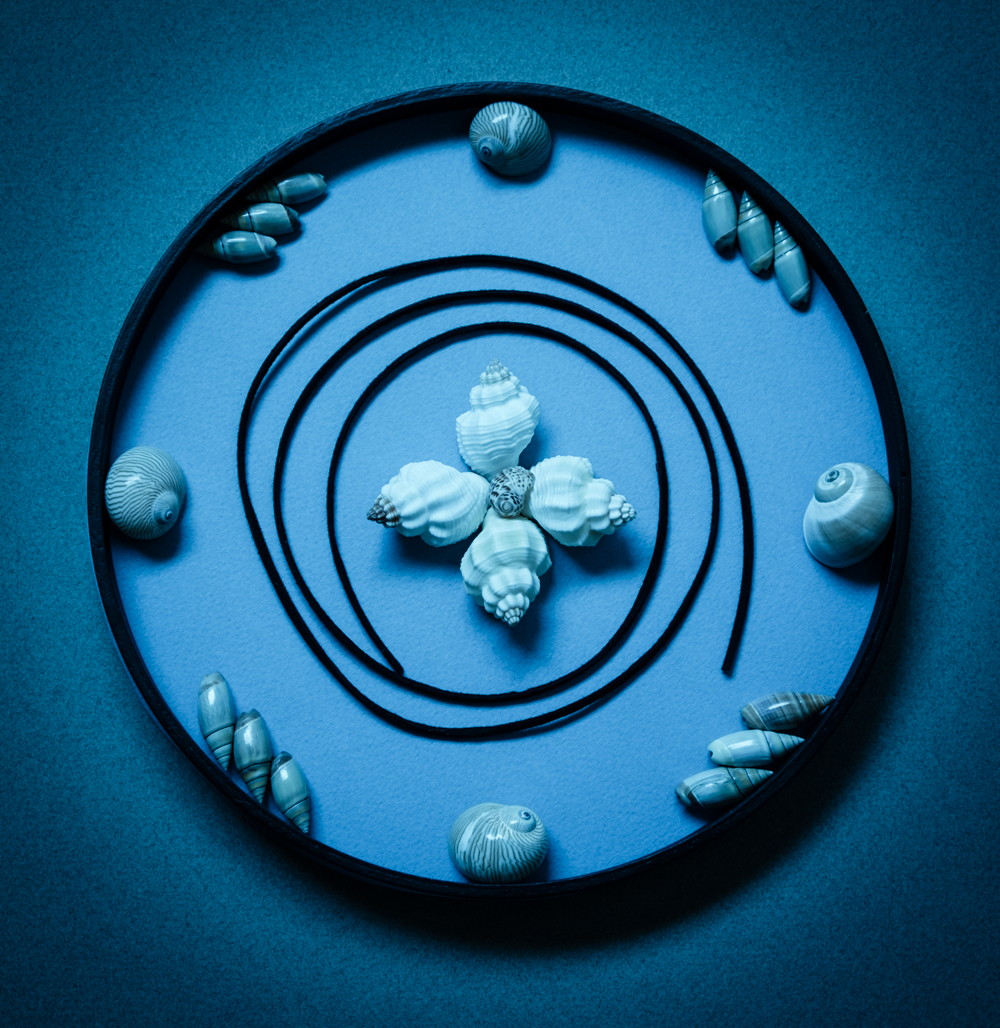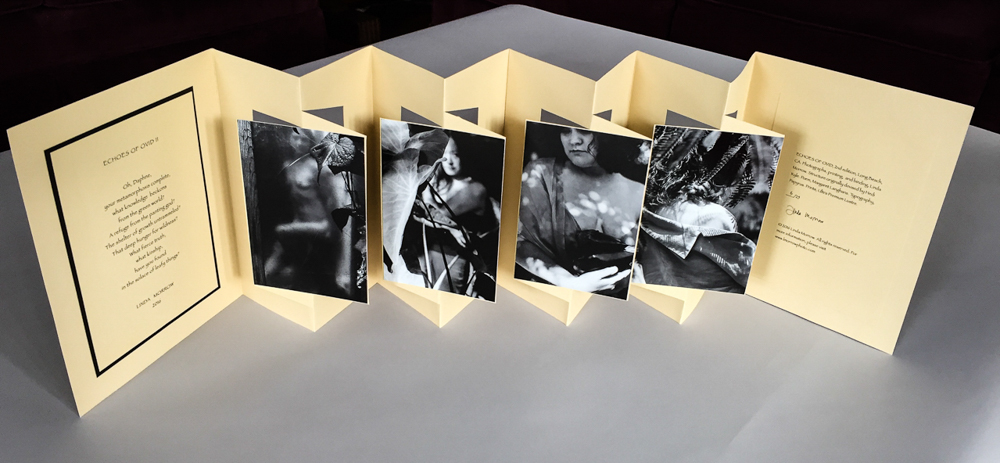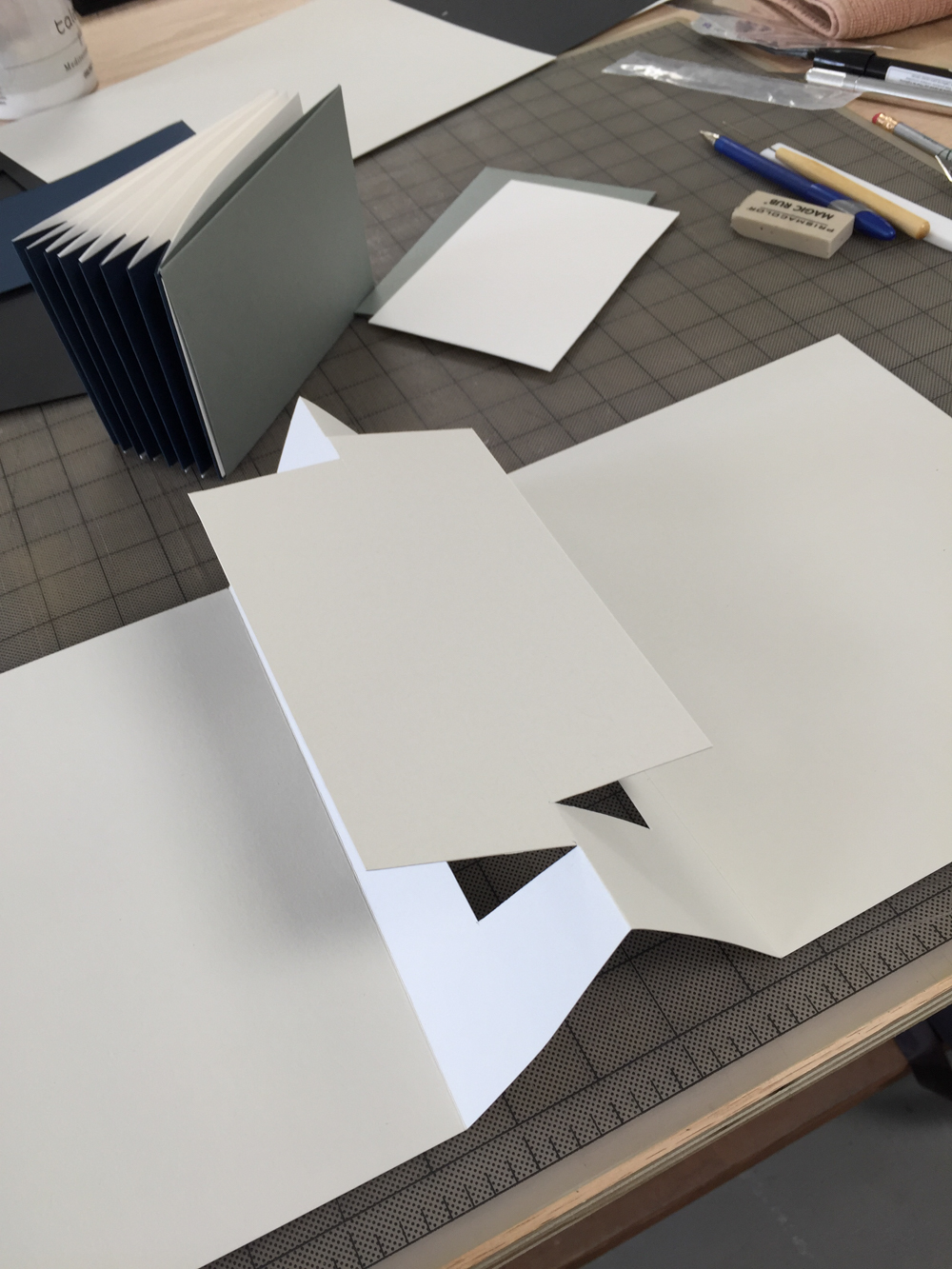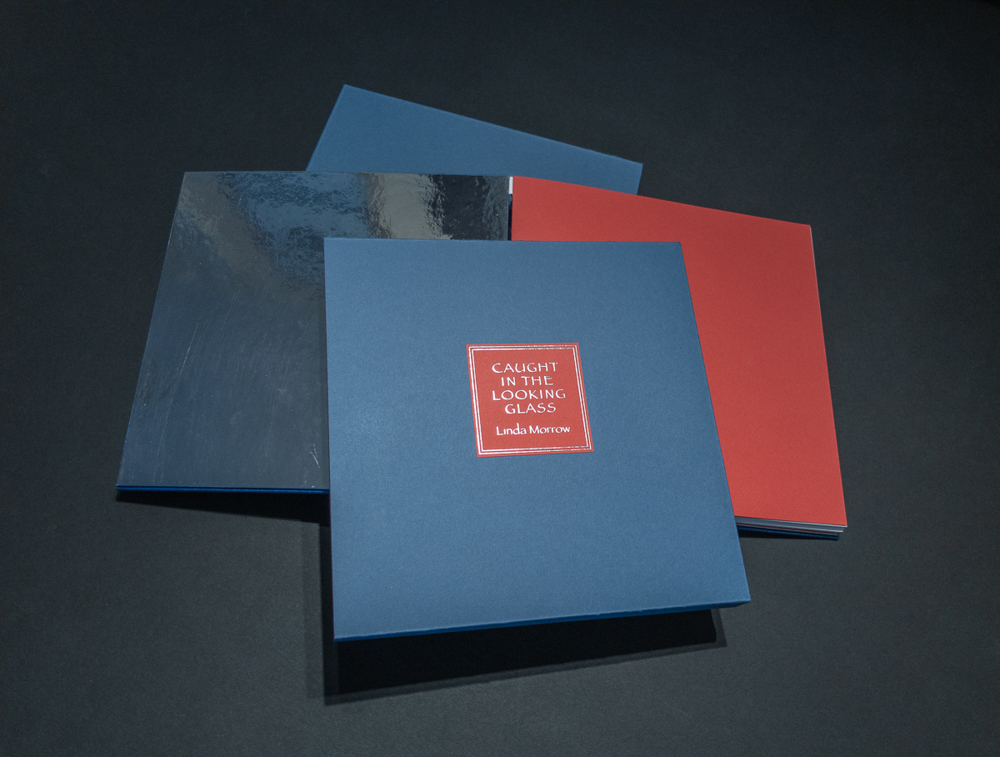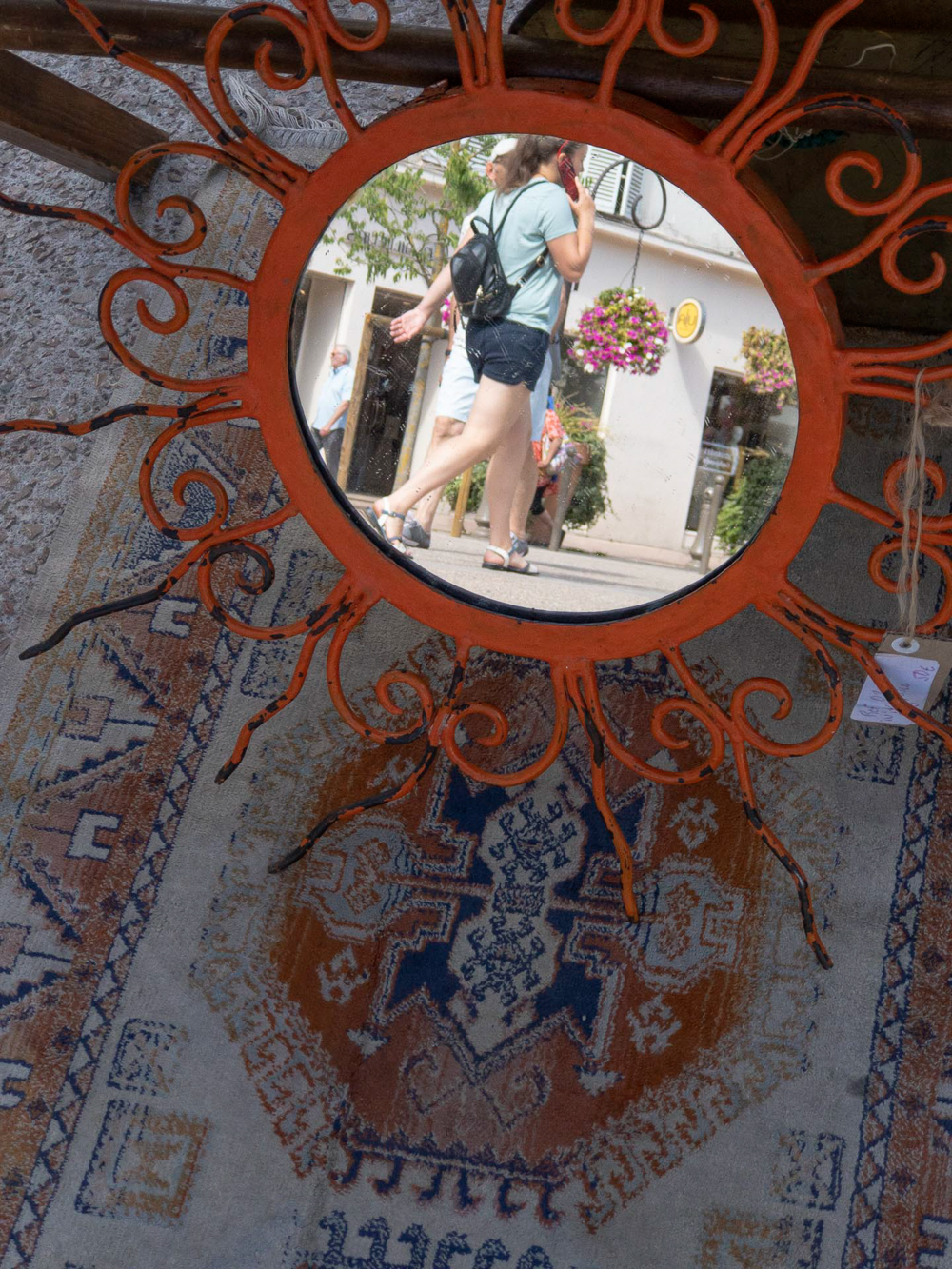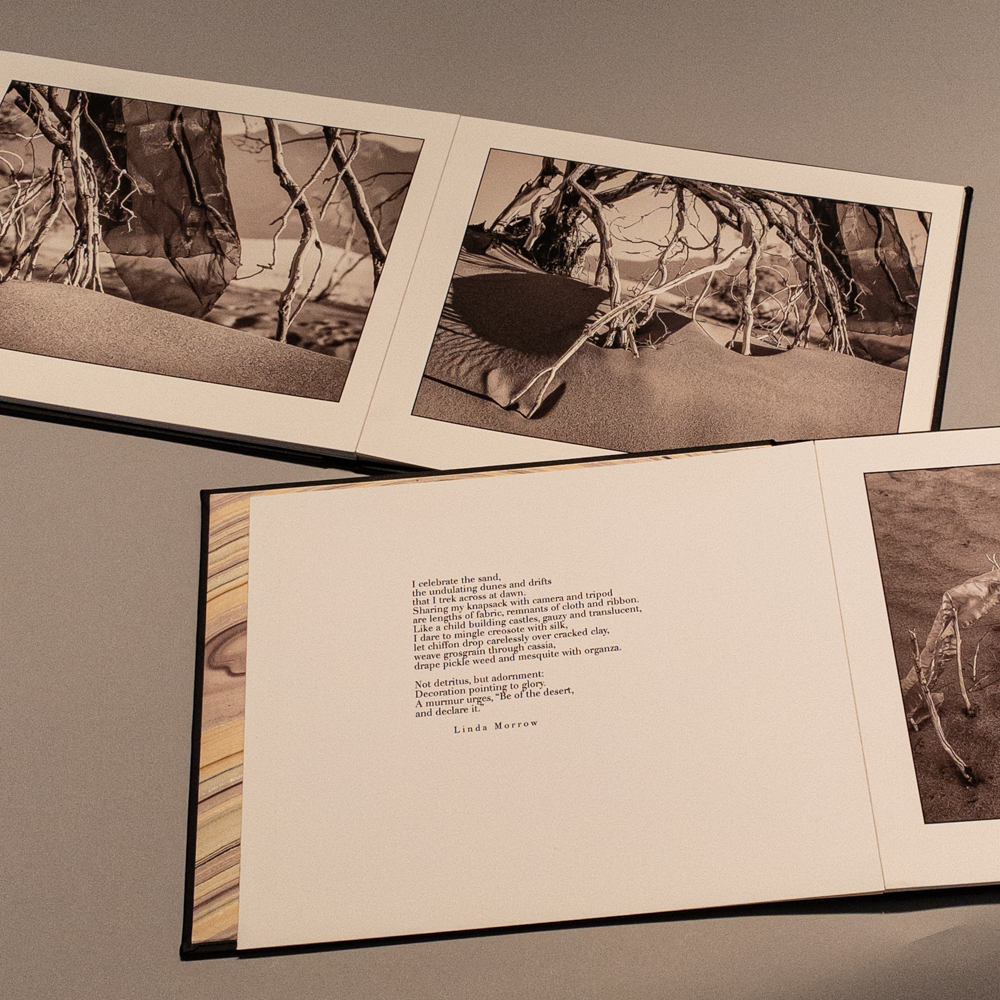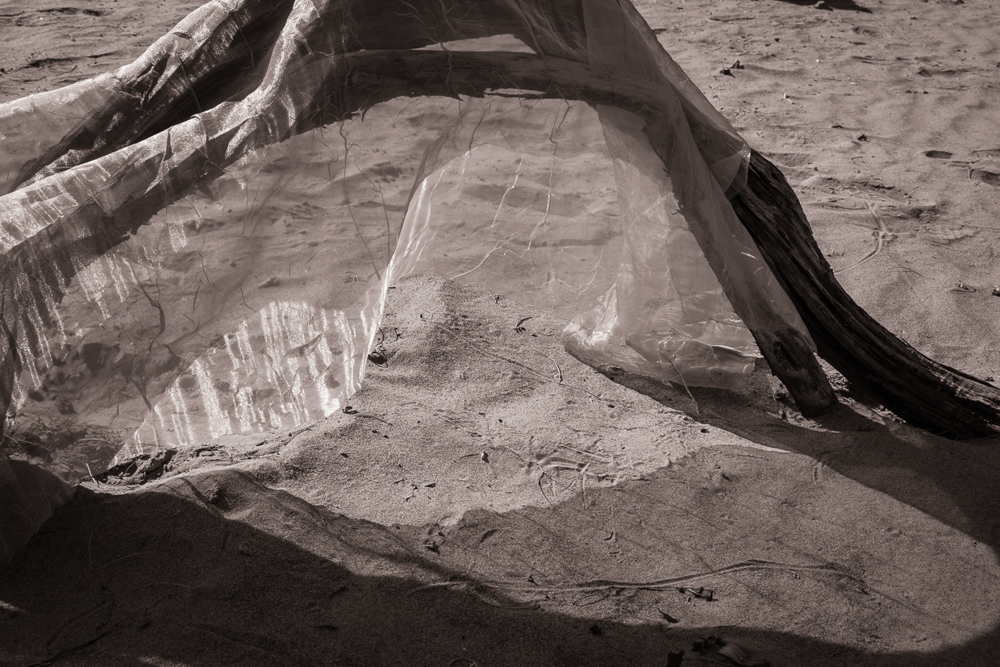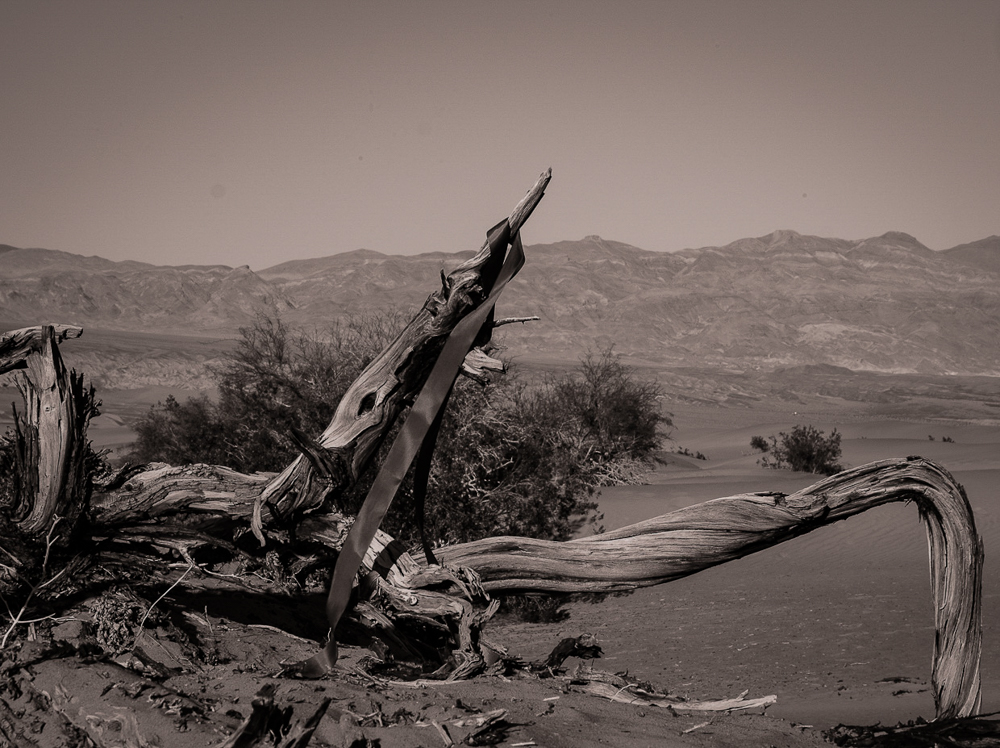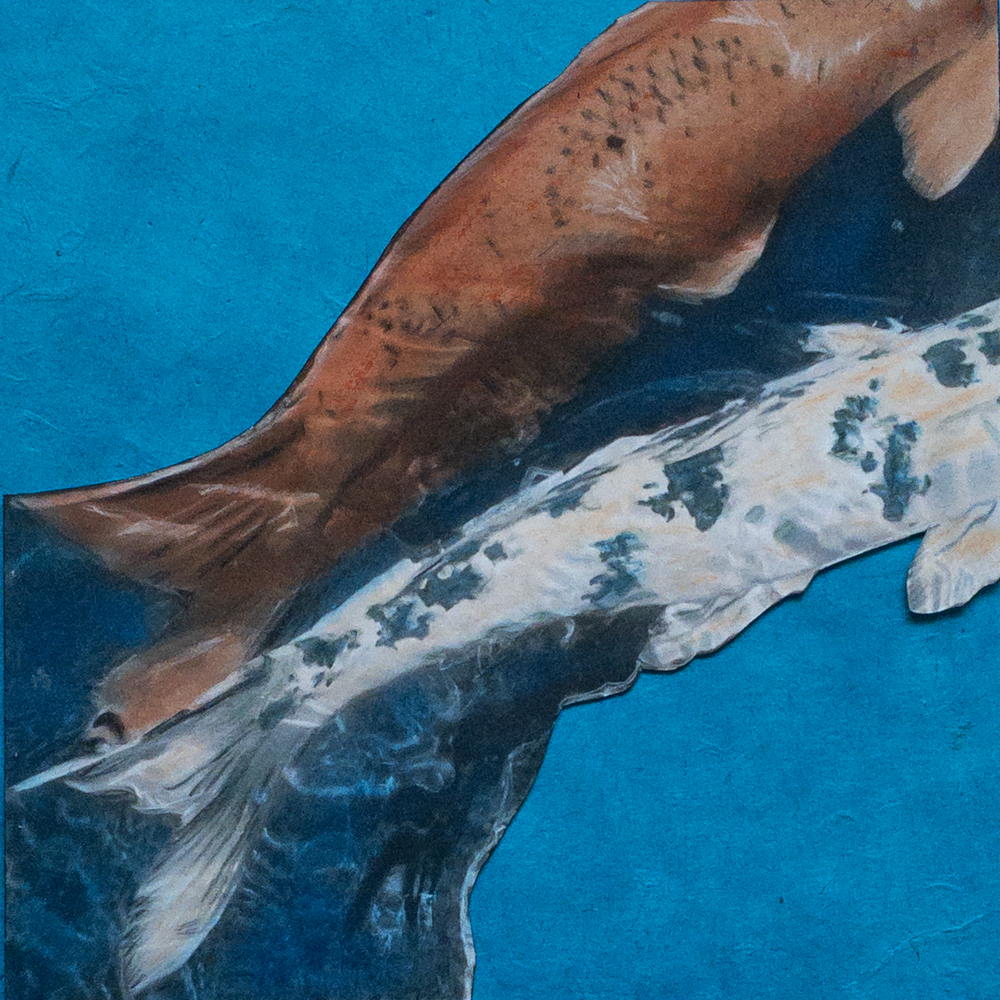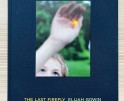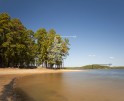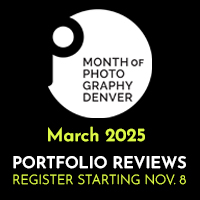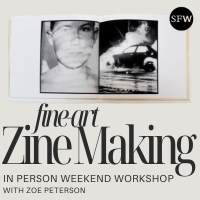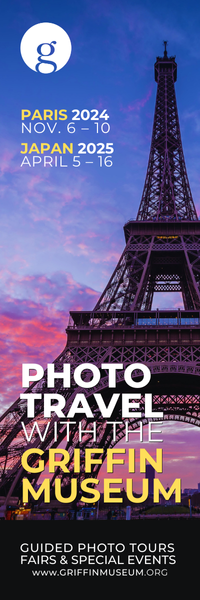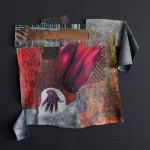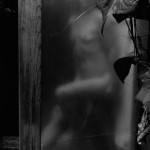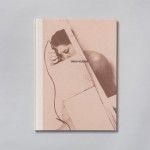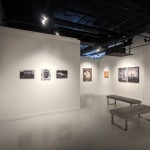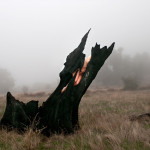Linda Morrow: The Artist’s Book
We have spent the last month thinking about books and showcasing book publishers. Today, we are in conversation with book artist Linda Morrow, who has shifted her energies from work on the wall to works on the page. For the past decade she has focused her efforts on book making and has created stellar artist books in small quantities. She is, in fact, creating a physical legacy of her work and book making that will go into the future. An interview with the artist follows.
Linda Morrow is a fine art photographer and book artist. Growing up on her family’s ranch/dairy in Arizona, she spent long hours outdoors, using her imagination to amuse herself and memorizing details in the landscape. Her photographs explore the natural world as well as reveal nuances in human nature through portraiture. She holds a B.A in English from Hardin-Simmons University and an M. A. in English from California State University, Los Angeles. She taught in the English Department of California State University, Long Beach, CA.
Her work has been shown in numerous online galleries, in Davis-Orton Gallery/NY, in the Griffin Museum of Photography/Boston, in the Library at SAIC/Chicago, and in many private collections. Her photographs have been featured in Lenswork and on Lenscratch.
She has produced over a dozen handmade artist’s books. In her words, “I am fascinated by the world’s visual narrative and always wish to enter the vast conversation that takes place among artists everywhere.”
She lives with her partner Margaret in Long Beach, CA.
Follow Linda Morrow on Instagram: @lmorrowphoto
Tell us about the landscape of your life and what brought you to photography?
I grew up in a rural setting outside of Phoenix where my father’s family operated a dairy farm, tended to cattle, harvested alfalfa and cotton, and generally toiled to keep life on its axis for a number of people. Nobody had time to think about art. Although my mother
enjoyed taking painting lessons later in life, this was a culture that expected “serious” work. My very solitary childhood, however, without supervision or mentoring may have been a plus. It meant that the landscape was a space in which to dream, explore, and play. I could wander freely to the end of the field –being aware of shadows and trees, gnarly sticks, a shifting horizon, anything curious in nature– and use my imagination to amuse myself.
Now, decades later, as a photographer and book artist, I find myself looking to explore and to play. If photography is a gazing game, as they say, I can claim to have learned that early on. My experience as a child with an imaginary friend is the basis for LOOKING FOR BOBBY CLACKETT.<
As a young adult, I began to care about photography and have been an active shooter for decades, but I have never held a degree in art. Over time, my answer to art school has been a rich patchwork of photography classes in community college, university extension courses, and classes on the road. I have had access to some of the finest photographers/mentors in the country by way of Santa Fe Photographic Workshops which was a dynamic learning experience for me every summer that I attended for years. I not only fell in love with Santa Fe, but there I also met Debbie Fleming Caffery and Carlan Tapp among others who have become valued friends and inspiration to me. A similar thing happened later on when I took book workshops with Cig Harvey and Valerie Carrigan at Maine Media +College in Rockport, ME. In recent years, the fact that I could be a member of the Los Angeles Center for Photography andtake part in a local crit group as well has been enormously helpful and has allowed me to see my work in a larger context.
I believe that POPPY was your first book; can you tell us about your process in bringing it to fruition?
About ten years ago, I happened to have splendid Iceland Poppies growing in my garden. I brought several blooms into my studio and began to experiment with multiple exposure: camera on a tripod, shutter open on bulb, the flower in focus and moved ever so slightly between flashes of light from a laser pen, lots of trial and error. The result was a happy surprise that made the poppies appear to have multiplied. When I was ready to make prints for the book, I rendered them in B/W which proved to be effective for the formal feeling I was after. The following year, I made two similar books, CALLA and ANGEL TRUMPET. I called the trio LUMINOUS BLOOM and offered them in a black slipcase.
How did your book called ECHOES OF OVID come about?
Some years ago, I took a workshop in photographing the nude in Carmel, CA with Kim Weston. Later when I showed one print in particularto my partner, Peg, she said that foliage from a tomato plant hovering over the head of my model looked like the adornment of a goddess. The remark sparked the idea of making portraits of women in nature that would blur a line between the feminine and the botanical. This became an early book of mine called ECHOES OF OVID, a series that speaks to the mythological Daphne who, fleeing from an unwanted lover, was transformed into a tree. Peg wrote a poem aboutthat ancient drama and metamorphosis, and, although my portraits are not really nudes at all, this became the context for the book.
Your new book CARAPACE continues to explore our connection to the natural world. Can you share your approach to creating the work and the book?
I will have to call CARAPACE my Covid book because it began in 2020 at a time when I was feeling a bit lost in space. On an afternoon walk, I came upon a beautiful botanical piece lying near the sidewalk in my neighborhood. It ‘s called a palm sheath, I was to learn, and this one was untattered by the elements and perfect in shape and mahogany color. I carried it home with me because it was too beautiful to ignore, not because I knew what to do with it. In time, I brought it into my studio, hired Amanda as a model, and began to photograph her with it. Later, as I cut up many of the printed portraits and placed them on earlier prints of the sheath, I was making photographs of photographs,and now lines and contours of the woman were merging with wood grain and fiber to suggest a theme at last: we are integral with the natural world. Finally, I selected twelve strong images to print on my favored MOAB Entrada, cotton rag paper before sending the folded signatures to Jace Graf, a gifted book binder in Austin, TX with whom I have collaborated several times. I dared to have fun with the collection, and I hope that is evident to the reader.
You’ve experimented quite a lot with alternate forms of book making. Do you have a favorite?
I have two favorites. One is the Map Book that I learned from a class with Cig Harvey; it’s a form that I used for BLUE MANDALA, a nine-part grid that features images of the mandala created with shells. In the center is the familiar NASA photo of earth from space –itself a form of mandala– and suggests the notion of wholeness and world harmony. The larger grid folds up into a hard-cover book that measures 6 x 6 inches and offers these nine, colorful surprises when the “map” is opened up.
Another favorite is ECHOES OF OVID II, a form that I learned from Valerie Carrigan (original design by Heidi Kyle). In this case, I built a 3D paper structure on which I could mount eight B/W photos. When expanded and displayed on a horizontal surface, the book becomes sculpture and teases the eye with all sorts of different lines, angles, and dimensions.
At what point did you shift your interest from the wall, i.e. gallery, to the book?
On a lucky day over ten years ago in LA, I attended an informal introduction to book making and was fascinated. The notion of creating a book clearly appealed to me, probably related to my years as an English teacher, and when I could see that the process was a matter of gathering related images, or arranging beads on a string, if you will, I was more comfortable right away than approaching a gallery owner with a single image. I began to think and imagine groups of images that could work together toward an idea. Voila, a book!
These days when I am photographing at home in California or abroad, I go into book mode in my head very soon, asking myself if what I am capturing could possibly aggregate into a series that would make sense as a book. This happened to me a couple of years ago in France as I was strolling through an antique flea market in Antibes. I began seeing mirrors and frames within frames all over the place, so I kept photographing all sorts of reflections as I found them. The result is my book called CAUGHT IN THE LOOKING GLASS.
After a career as an educator who taught about the written word, what do you find about the language of photography that stands apart from text?
I believe that photography is its own language and that we can think of it as visual poetry. And, as we know, photography is often a dramatic mode of storytelling.
I also believe that a powerful photograph speeds right through the brain and touches the heart. I am talking about that instant of shock and delight when you hear someone say, “Ah… !” It’s that fabulous reaction to an image that photographers always yearn to hear.
What have you learned from creating your own books? Can you share your failures, frustrations, and successes?
I have discovered that book-making suits my temperament and challenges my creativity and also that it’s a labor of love. Because the works are self-published, I am challenged to promote them myself and to find collectors and libraries who want to purchase a book.
I hire people to help in that effort, and I depend on social media to underscore my effort. I accept the challenge because I love the multi-layered process as well as the product. I find that creating a sensory, tactile experience for the book-lover to hold in his/her hands is deeply satisfying.
And because I have come to terms with art-making as its own joy and struggle, I expect to make books as long as my eyes and my hands will hold out!
What books or projects are on the horizon for you right now?
I’ve become fascinated with the Altered Image, a matter of the artist interacting somehow with the print. That notion has influenced CARAPACE and hopefully, my next project as well; It will read in two directions: images of the fish one way, willow trees in the other. The project is based on an idea from a book by Kate Breakey that I bought several years ago, and I will hand-color the images before photographing them, something I have been learning to do under the influence of Kate. Hand-coloring is meditative, time-consuming, and often challenging, but it intrigues me. And I want to do more work with the concept of book-as-sculpture, so I plan to explore new forms.
Posts on Lenscratch may not be reproduced without the permission of the Lenscratch staff and the photographer.
Recommended
-
Womanhood Week: Jane WeinmannOctober 14th, 2024
-
Carolyn Cheng: The Feminine SublimeOctober 12th, 2024
-
Elijah Gowin: The Last FireflyOctober 4th, 2024
-
Anne M. Connor: Raised by the LandSeptember 30th, 2024
-
Marco Yat Chun Chan: Dollar Landscape and Savannah TreesSeptember 24th, 2024

